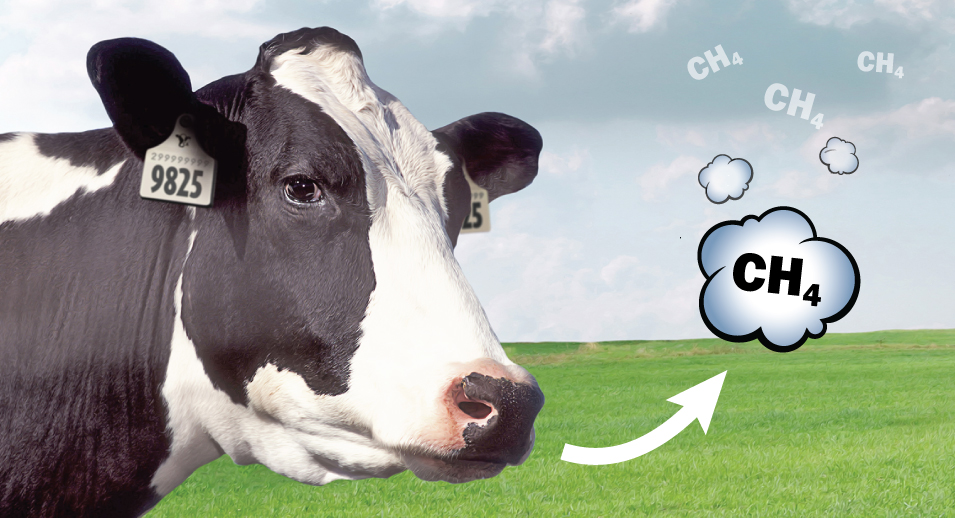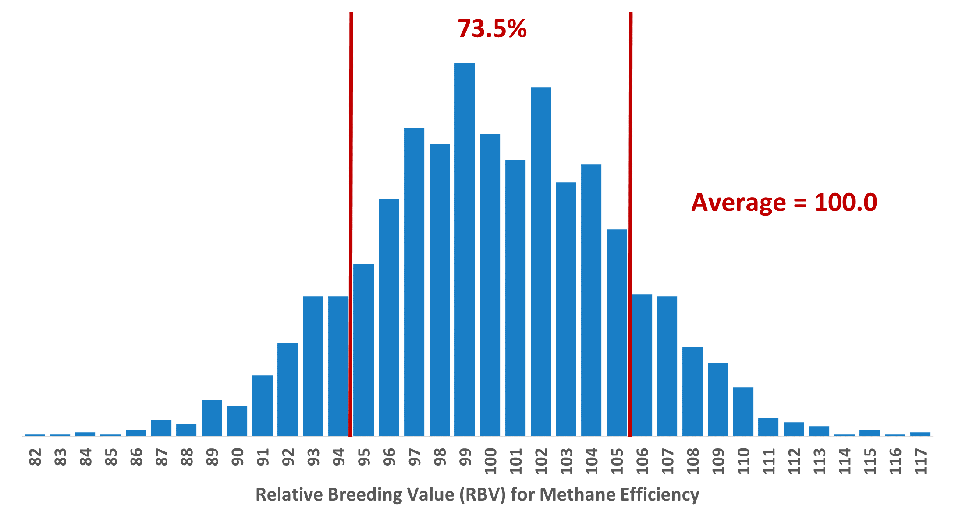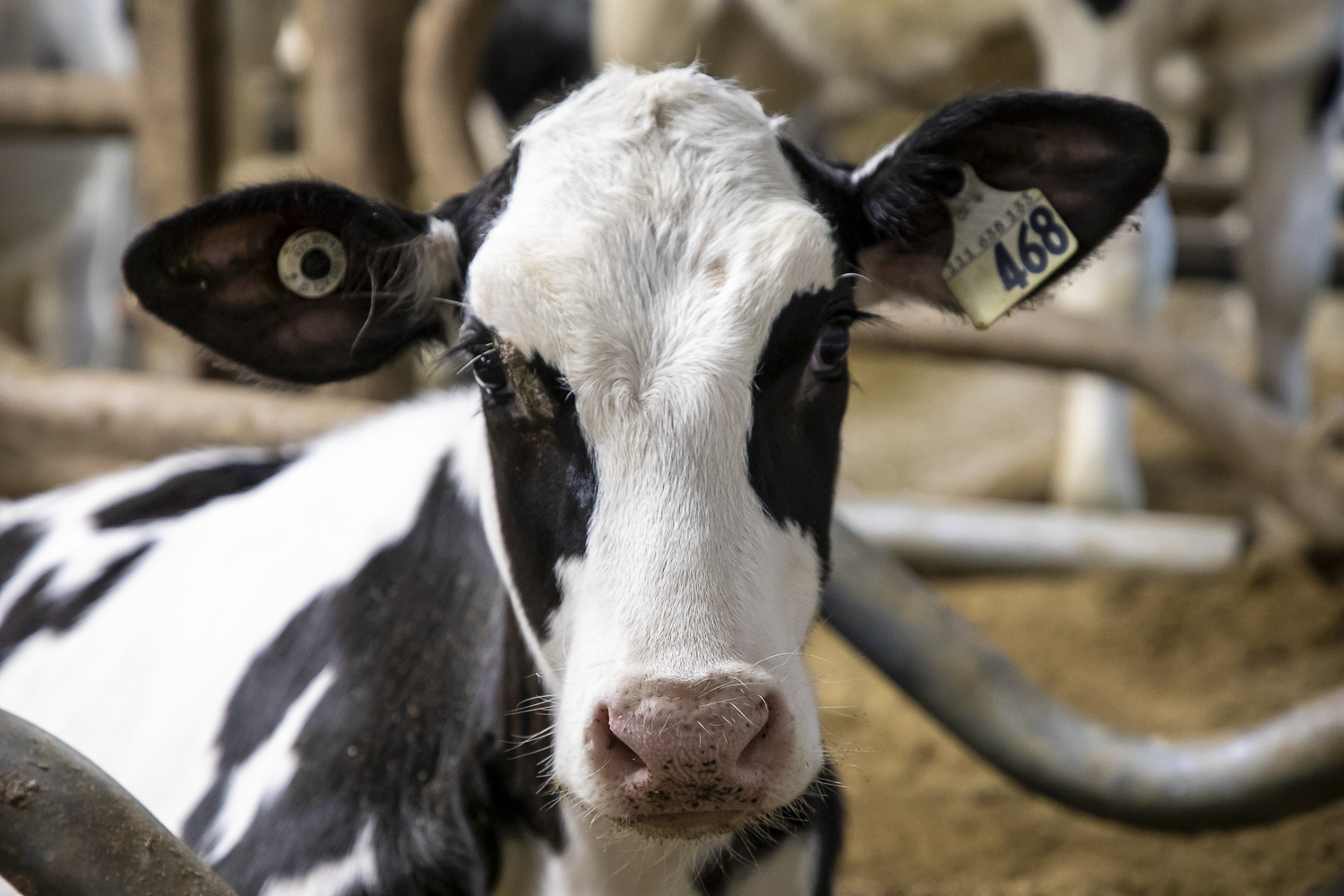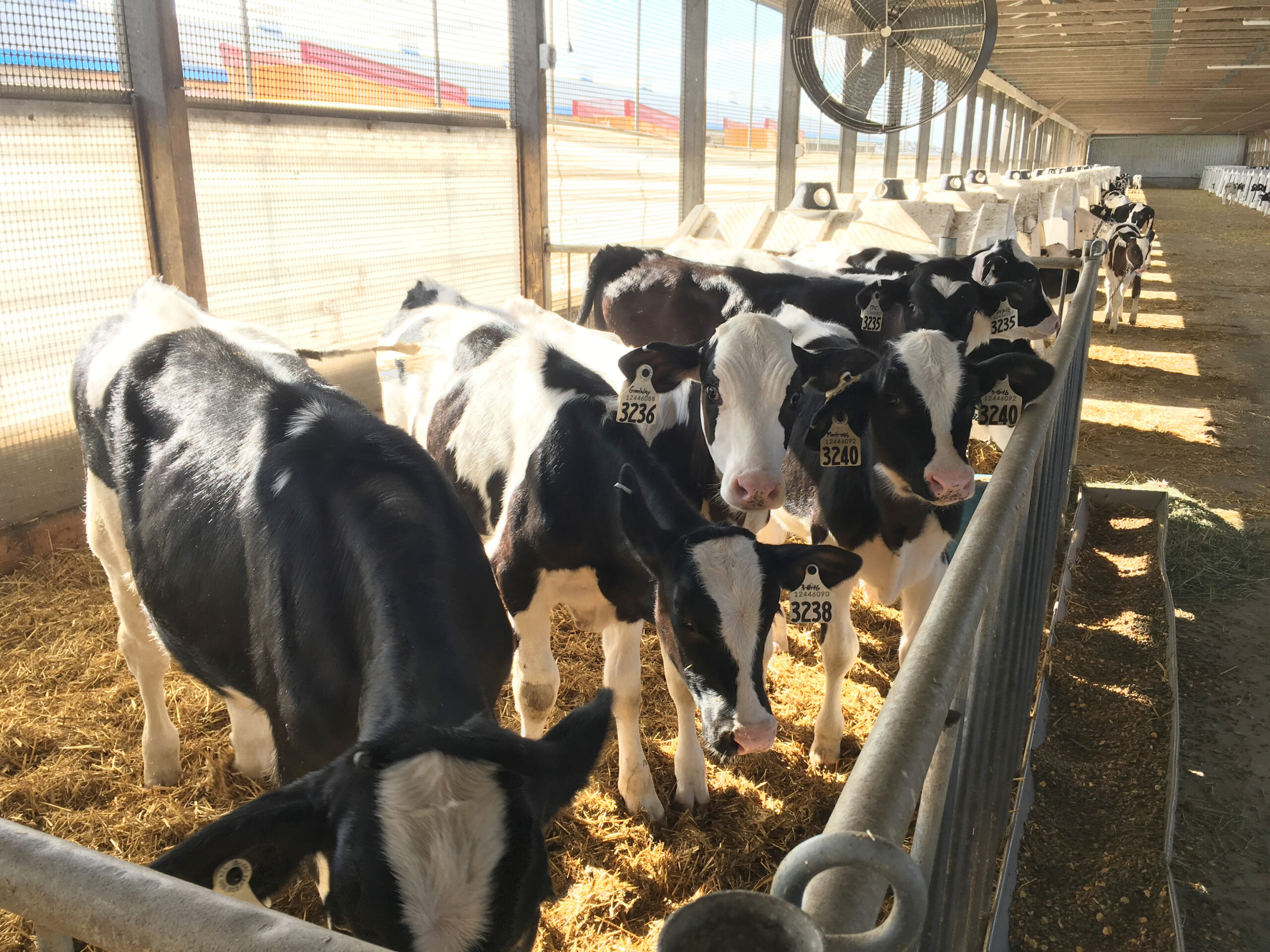Introducing Methane Efficiency!
- March 21, 2023
In April 2023, Lactanet Canada will make history by publishing the first official Methane Efficiency genetic evaluations for the Holstein breed. This collaborative initiative with Semex Alliance will make Canada the first country globally to deliver evaluations aimed at reducing methane emissions in dairy cattle.

Methane (CH4) is a potent greenhouse gas (GHG) that warms the atmosphere at a rate 25 to 27 times more than that of carbon dioxide. The average Holstein cow produces nearly 500 g of CH4 per day or 180 kg per year, mainly due to enteric fermentation (i.e.: burping). A 30% difference above or below average can also be seen between cows, meaning two cows in the same herd can differ in their CH4 emissions by up to 110 kg per year. Methane emissions can also represent a loss of 4% to 7% gross energy intake for the animal1. The emission differences between animals and loss in energy intake highlights the opportunity to decrease methane emissions by using genetic selection.
The Data
As discussed in our previous CH4 article, Genetic Selection for Reduced Methane Emissions, collected CH4 data has been made possible via the Efficiency Dairy Genome Project (EDGP) and the Resilient Dairy Genome Project (RDGP, see http://www.resilientdairy.ca/). These research projects also included the collection of mid-infrared (MIR) spectral data from milk samples for each cow with CH4 data. Researchers from the University of Guelph used artificial intelligence and machine learning approaches to determine that a cow’s milk MIR data can be used as a good predictor of its CH4 emissions. Thanks to this pivotal result, Lactanet was able to replicate this research through several data processing steps and develop CH4 predictions using milk spectral data and CH4 data collected from research herds in Canada. The resulting data used for Methane Efficiency genetic evaluations is milk MIR predicted CH4 on first lactation Holsteins between 120 and 185 days in milk. This includes records on over 700,000 cows in milk-recorded herds across Canada.
Genetic Evaluation for Methane Efficiency
Like genetic evaluations for Feed Efficiency and Hoof Health, Methane Efficiency evaluations are calculated using Single-step methodology, which uses all pedigree, performance, and genotypic data to calculate genomic evaluations. The focus of Canada’s Methane Efficiency evaluations is on selection for reduced CH4 without affecting production levels. Therefore, Methane Efficiency can be defined as methane production genetically independent of milk, fat, and protein yields. Methane Efficiency has a an average reliability surpassing 70% for genotyped young bulls and heifers.
Interpretation and Delivery
Methane Efficiency is a functional trait expressed as a Relative Breeding Value (RBV) averaging 100 and generally ranging from 85 to 115. For the group of over 2,000 sires with an official evaluation for Methane Efficiency, approximately 74% of the RBVs will fall between 95 and 105 (Figure 1). The higher a sire’s RBV the less CH4 their daughters are expected to produce so for every 5-point increase in a sire’s RBV for Methane Efficiency, daughters are expected to produce approximately 3 kilograms less CH4 per year. This equates to a 1.5% reduction in CH4 emissions per cow per year and a 20% to 30% reduction by 2050 is possible.

Correlations With Other Traits
Summary
References
- Benchaar, C. 2023. Nutritional Strategies to Mitigate Enteric Methane Emissions From Dairy Cows: State of Knowledge and New Perspectives Presentation at the Second virtual symposium of the Sherbrooke Research and Development Centre, Agriculture and Agri-Food Canada, January 24, 2023.












